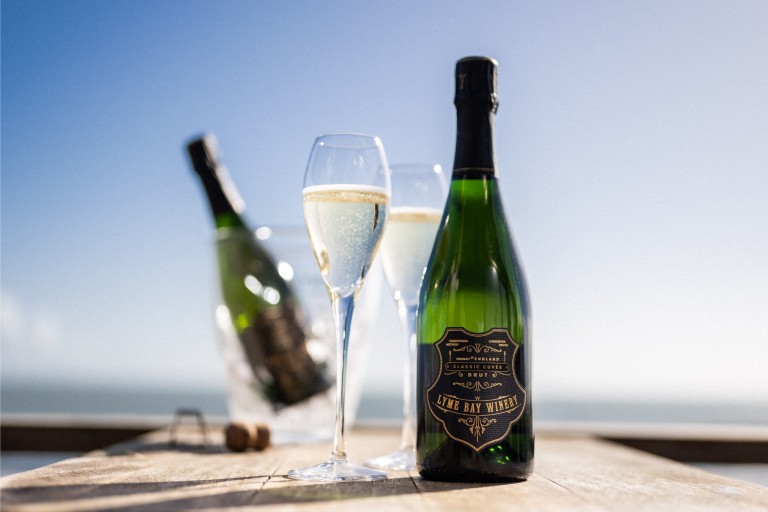Book groups, knitting circles and invite-only secret supper clubs have been popping up all over Britain’s villages, cul-de-sacs and hipsterish enclaves for years now. Informal gatherings such as these are relatively easy to organise and are a great way to get together with friends old and new on a regular basis.
But what if these kinds of activities are not quite your cup of tea? In fact, what if your cup of tea is more like a glass of wine? Have you ever thought about how to start a wine club?
To some, the idea of a wine club might seem like a bunch of ‘cork dorks’ sitting around a spittoon with their noses stuffed in a glass, swilling expensive grape juice and talking about ‘mouth feel’. But it doesn’t have to be this way. If you can get together a bunch of like-minded people who enjoy tasting and talking about wine, you can make it into whatever you like – whether you pick the wines to try yourselves, or sign up to a wine subscription service which makes the choice for you.
The history of wine clubs
Wine clubs and subscriptions are not new phenomena. They are very popular in California where a lot of winemakers only produce a few thousand cases each year and sell most of it direct to consumers. Indeed, one of the first mail-order clubs was founded in 1972 by Californian bottle shop owner Paul Kalemkiarian, in response to customers who loved his monthly wine recommendations.
Start your own wine club
So if you like the idea, what’s the best way to recruit members to your wine club? This largely depends on the purpose of the wine club you’re setting up. If it’s because you want to get to know your community better, then sending out an email invitation to a select few people who you think would be interested in a good start. You can encourage them to forward it on to other friends who might also like to come along.

If you want to reach wine-savvy enthusiasts a bit further afield, consider putting an advert in your local community newspaper or use a Facebook page to reach out to others.
Your friendly local wine merchant or vineyard shop can also introduce you to like-minded people, and if you don’t want a bunch of strangers coming to your house straight away you could even set up your first meeting in a local eatery, which can also help you get the word out.
Planning your first wine club evening
Once you’ve got some interested people and have set a date and a venue, apart from some wine, what else do you need to have in place for your first wine club meeting?
A simple way to kick things off is to base each meeting on a theme. You might, for example, decide a suitable theme for your inaugural meeting could be bubbles, and you don’t just have to focus on champagne. This is the ideal chance to show alternative options to the posh stuff that are a little kinder on the wallet, but just as tasty.
Anyone can offer to host, and not everyone has to feel they have to host, but before the event, it’s important to set the agenda so that there are no nasty surprises. Start by sending everyone a general introductory email about the wine club (what to expect, fees etc), and then one specifically about your first meeting – date, venue time, a bit about the theme, with an RSVP request.
Every meeting should specify the number of people each host can accommodate – so, for example, if it’s twelve people then an email is sent out as soon as twelve replies are confirmed. This guides you on how much wine you need to prepare, and at what price point, which is also worth detailing in the introductory email.
As an example, you might decide on an annual meeting fee (due January) of £10pp, and then a fee for each meeting one attends of £8pp. Once numbers are confirmed, a handy rule of thumb is to calculate half a bottle per person, and then possibly one additional bottle overall if there’s room in the kitty (so a meeting of 12 people would need 6-7 bottles to try).
Resources for starting a wine club
A cash tin is essential, as is a cashbook. When everyone wants to pay you at the same time, it’s important to keep track of who’s paid and who owes money. Receipts of any wine purchased keep any queries at bay, and you might also choose to fund up to £15 for food back to the host if they wish to put on some nibbles or set up examples of food pairings with their wines.
Another essential item is glasses. You can hire glasses for free from your local supermarket, purchase professional ISO tasting glasses, or just dig out whatever’s in your cupboard. Some groups use a wine measure, and the OXO measuring cup is a good one for this purpose.
The WSET Systematic Approach to Tasting sheet also proves very handy to give people, especially if they hadn’t considered how to taste a wine before. The intermediate keeps it simple but there is an advanced version if you want more detail If you print them out and laminate them they should even be able to handle the odd splash of wine, or you can download an app if you prefer.
Last but not least, you are going to need some wine. Here at Lyme Bay, we source the best grapes from the best vineyards across the UK to make the best English wines, so why not check out our award-winning selection online?
With the long, dark evenings upon us for the time being, what better way to beat the winter blues than getting to know some new wines with old friends, and making some new friends along the way. We’ll drink to that.


